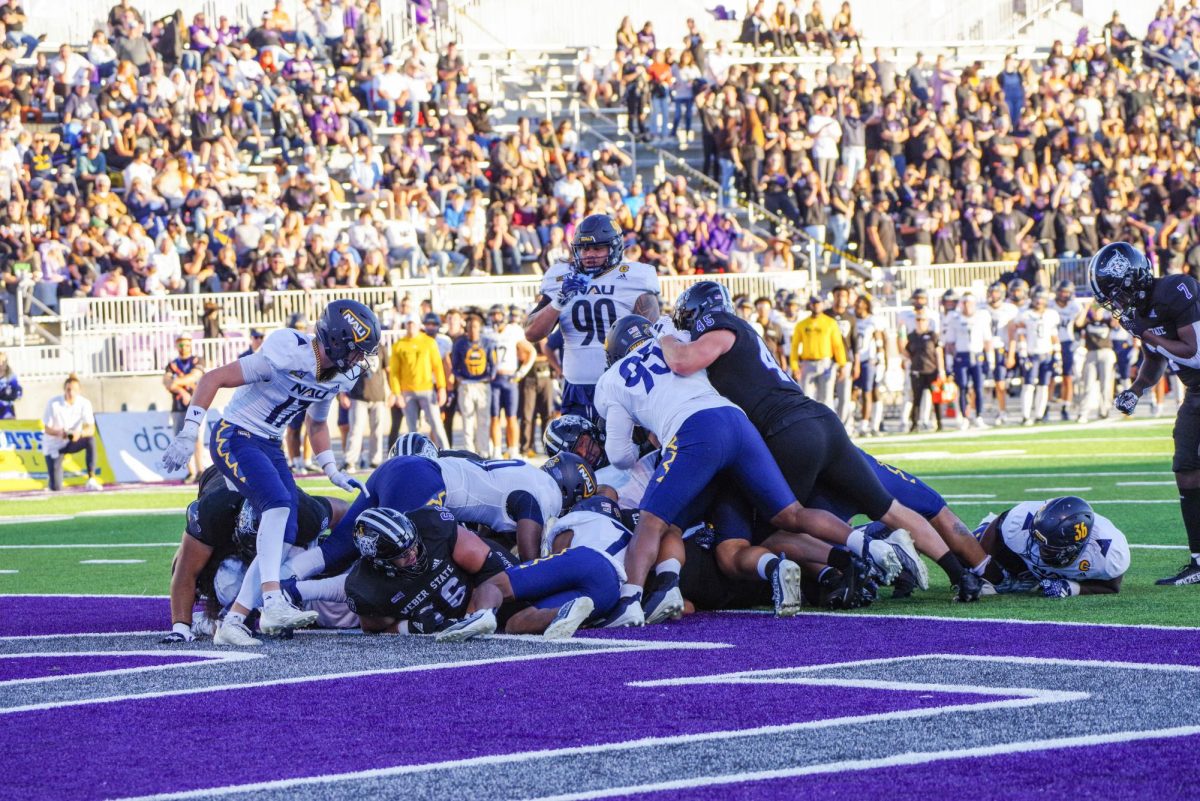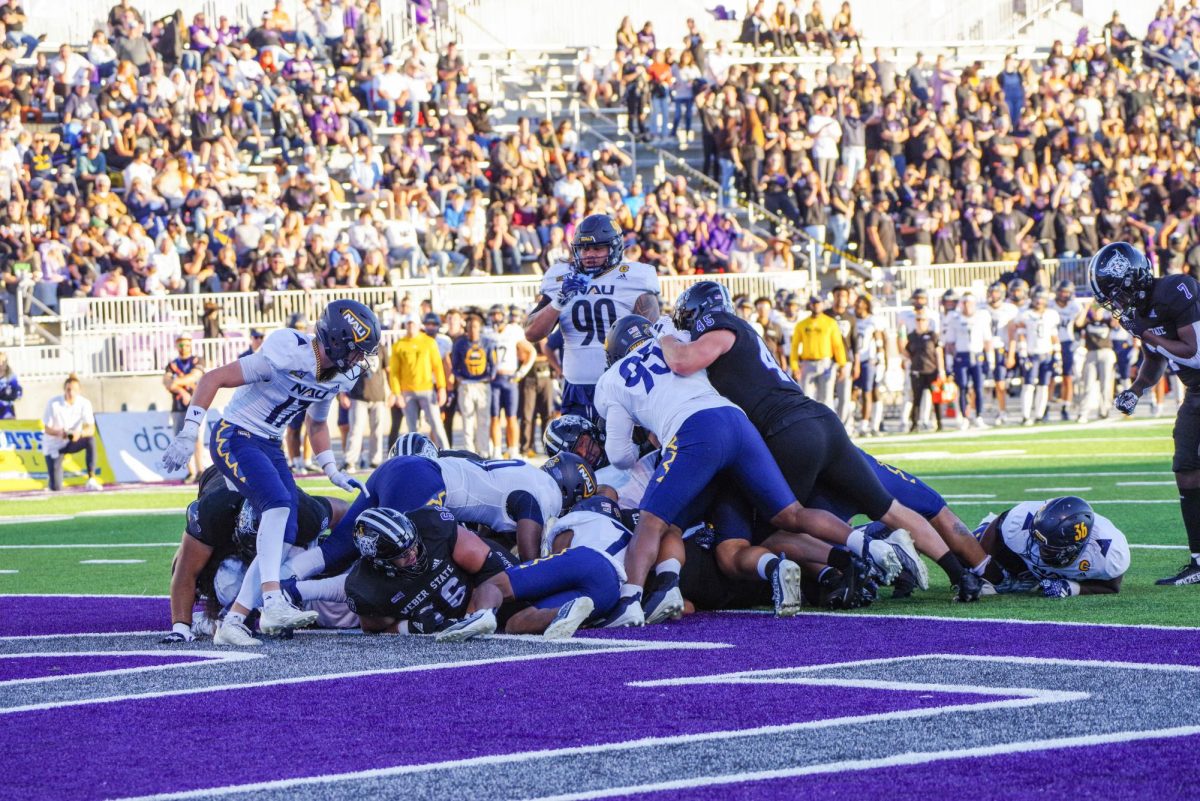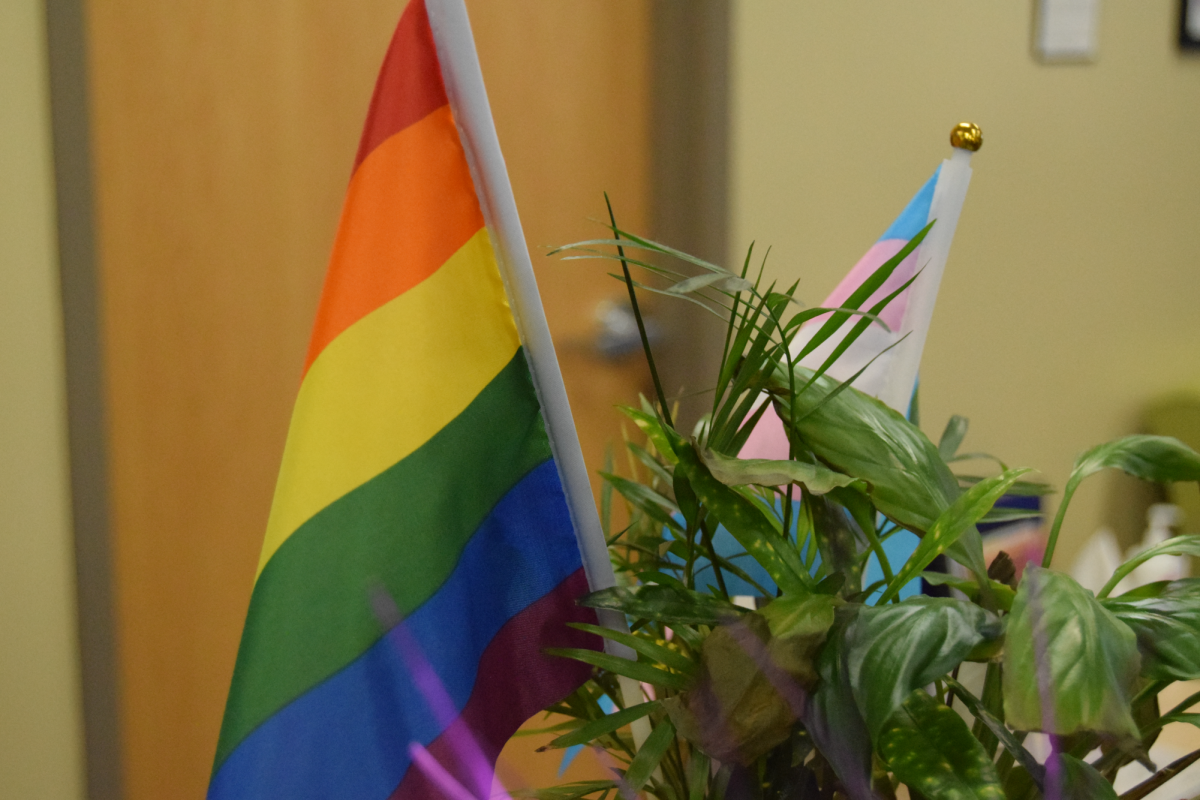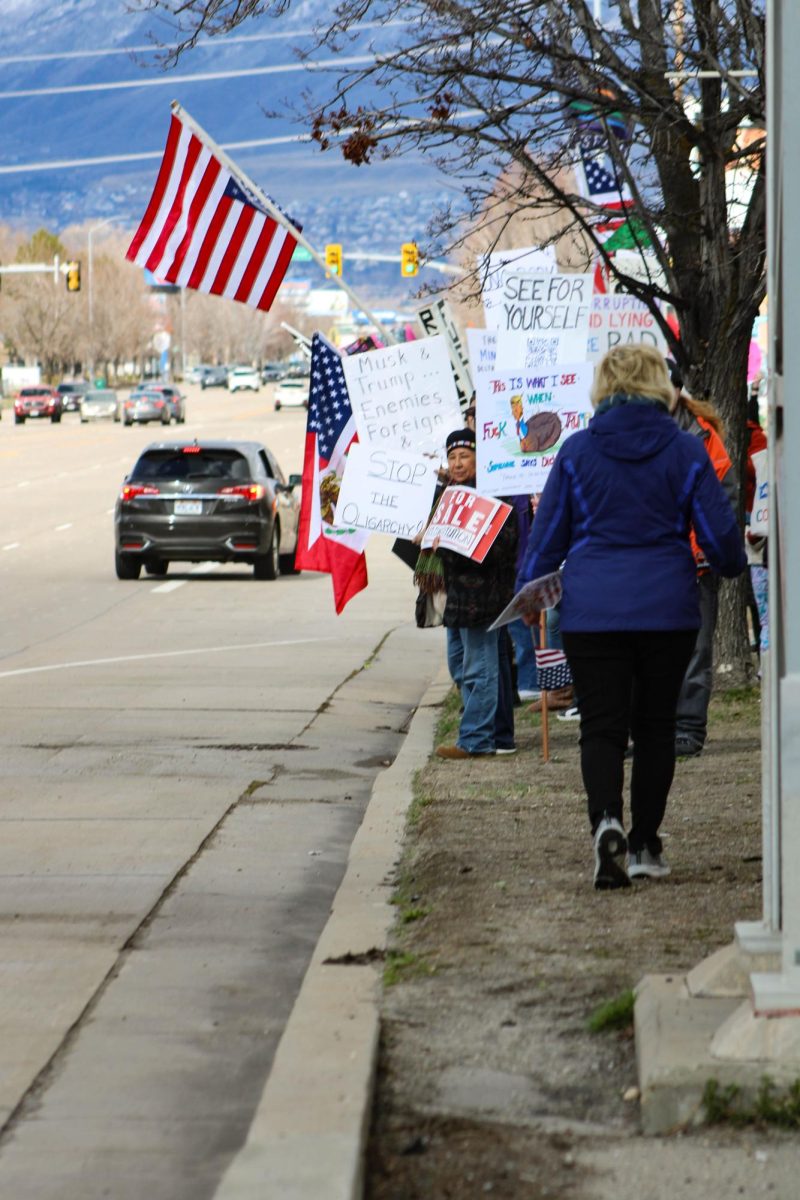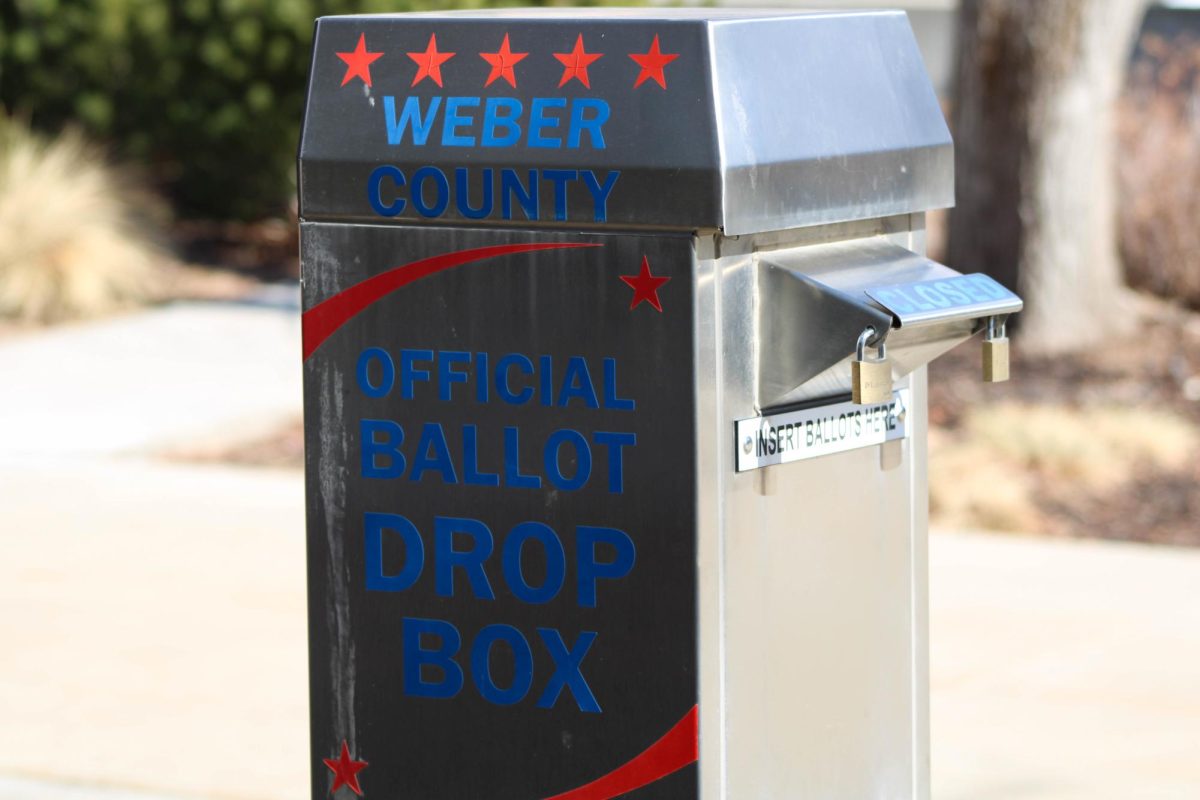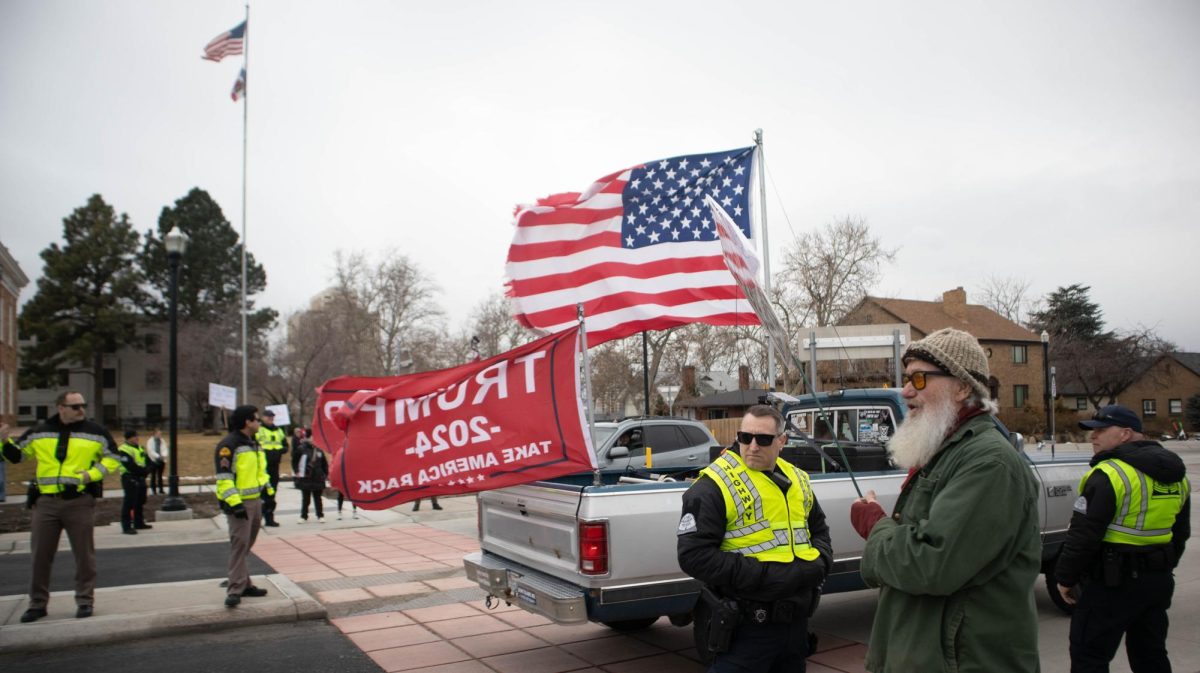With the vice presidential debate in the rearview mirror, many may be wondering what the role of vice president of the United States does in his, or now maybe her, time.
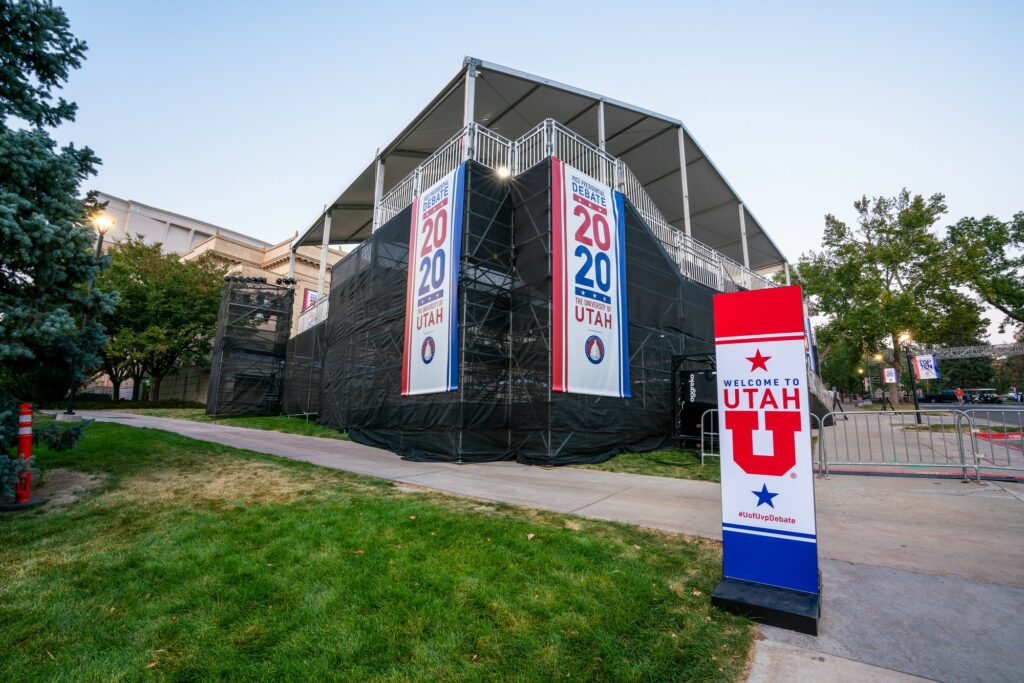
Modern vice presidents are elected alongside the president on a single ticket. For this election, President Donald Trump is running alongside Vice President Mike Pence and former Vice President Joe Biden is running alongside Senator Kamala Harris.
However, the VP wasn’t always elected with their presidential counterpart. Originally, the Constitution stated that the runner-up to the president would become the vice president and they would work alongside each other.
If you’ve seen “Hamilton,” you might have a guess at when this changed. Thomas Jefferson and Burr both received equal electoral votes, with Jefferson winning out in the end in the election of 1800. Jefferson then proposed the 12th amendment, which changed the structure of how the vice president would be elected to the current method before the election of 1804, according to the Senate’s website.
And that might answer the question of how the vice president gets into office, but it doesn’t get at what the VP does with their time.
The answer to what they did before the late 20th century is not much. The only constitutional duties of the VP are to preside over the Senate and make the deciding vote if there is an even split and to receive the tally of the electoral ballots and announce the election.
At least, until 1919, when President Woodrow Wilson asked his Vice President Thomas R. Marshall to preside over the Cabinet meetings while Wilson was away. Even then, several terms passed without the vice president being invited into Cabinet meetings again.
It was under President Franklin Roosevelt that vice presidents were allowed into Cabinet meetings again, which has been maintained since. Roosevelt also started the trend of the vice president being inaugurated at the same event as the president, while, in the past, the VP had been inaugurated at a separate ceremony at the Senate.
President Richard Nixon was the next vice president to have expanded vice presidential duties under President Dwight Eisenhower, and Nixon was the first vice president to assume temporary control of the executive branch, according to Harold C. Relyea in a Congressional Research Service Report for Congress.
The vice president didn’t even have an office in the White House until 1961, when they were given a West Wing office instead of a ceremonial one for press conferences.
Now, instead of a mostly legislative branch role, the vice president often assists with and supports the policies proposed by the president. Sometimes, the vice president will have their own policy or agenda that they will work on with their advisors or the president.
Additionally, VPs now often make public appearances representing the president and meet with the heads of state governments or leaders in other countries. Most commonly, the vice president acts as an advisor to the president.
However, the most-recognized role of the vice president is to take over the office of the president if the president should die or be impeached. Under the 25th amendment, this has also expanded to include if the president becomes mentally or physically able to execute his or her presidential duties.
With the recent COVID-19 diagnosis of President Trump, this duty has been at the forefront of American thoughts alongside the worry that Vice President Pence may have also caught COVID.
The line of succession is clear in the Constitution; if a president should pass away unexpectedly, the vice president will take over the presidency. If the vice president were to also contract COVID and die before a new vice president could be appointed, the speaker of the house would take over as president.





